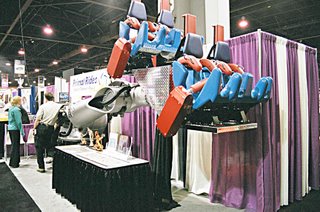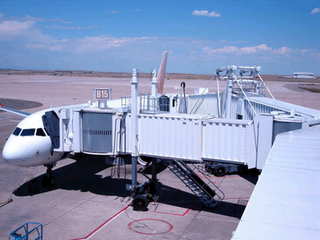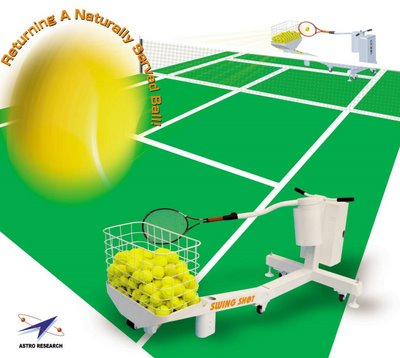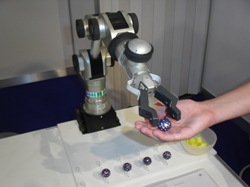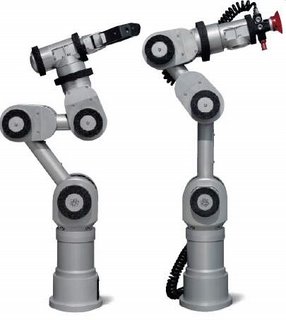Home Robot Can See and Think
Their new creation is the NetTansor robot which was introduced last month will be available for sale in Japan in December.
The 12 inch tall robot rolls on 3 wheels and includes, cameras, microphone and speakers, and collision avoidance sensors.

The robot will be accessible remotely so that you can check on your home while you are away. Also, using the Evolution Robotics ViPR technology it will be able to recognize changes and make decisions on its own.
For example, the robot could act as a security guard and only call you if a person enters the house. Or it could keep an eye on how much dog food is left and warn someone - you or another of your household robots - when the food is gone.
The robots also include software for games with kids that use the robot's visual recognition skills.
The ability of the robot to make decisions based on what it sees will add another level of practicality to the home robot.
Bandai and Evolution Robotics Partner on Breakthrough Telepresence Robot
Evolution Robotics is also working on home robot software for visual or navigation with Wowwee and Yujin Robotics.
Labels: telepresence






